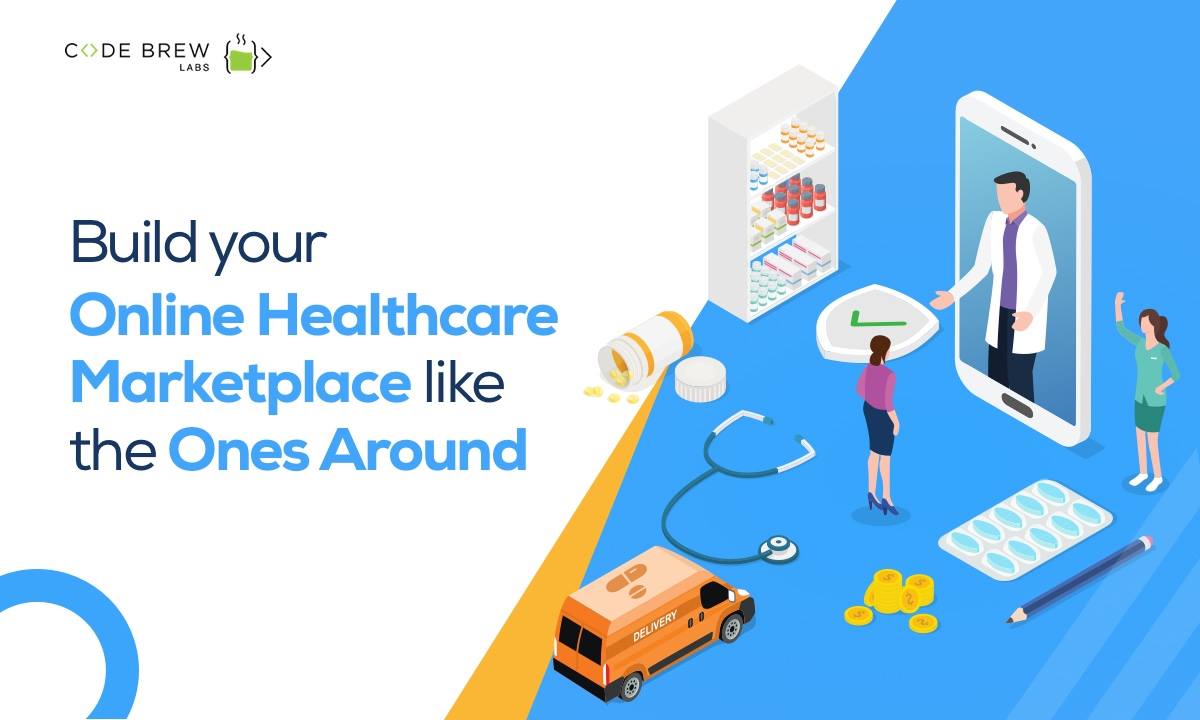Unlocking the Secrets of Subscription Based Healthcare for Better Patient Outcomes
Unlocking the Secrets of Subscription Based Healthcare for Better Patient Outcomes
Blog Article
Just How Subscription-Based Healthcare Is Revolutionizing the Clinical Industry

The Increase of Registration Medical Care
In recent times, the health care sector has witnessed a considerable shift towards subscription-based designs, showing wider customer patterns preferring convenience and predictability. This transformation is driven by the enhancing demand for even more customized and available care remedies. Registration medical care, often described as concierge medicine or direct health care, uses patients a fixed monthly charge for a series of clinical services, significantly changing traditional fee-for-service versions.
The rise of membership medical care is helped with by improvements in technology, which allow streamlined interaction between carriers and clients - subscription based healthcare. Digital systems and telehealth solutions have actually come to be indispensable, using patients the capacity to arrange visits, gain access to medical documents, and receive consultations online. This technological combination not just boosts patient engagement but additionally allows service providers to supply a lot more efficient treatment
Additionally, the membership design aligns with the developing expectations of individuals that seek even more control over their healthcare expenses and experiences. While this model is obtaining traction, its spreading deals with difficulties such as governing obstacles and the requirement for broader approval within the traditional healthcare environment.
Advantages for People and Carriers
Subscription-based medical care supplies a wide range of advantages for both individuals and suppliers, improving the characteristics of clinical treatment. For clients, this design gives enhanced access to healthcare services.
For doctor, subscription-based models cultivate a more sustainable and rewarding method. By protecting a consistent earnings stream, service providers can concentrate on delivering top quality treatment without the pressure of volume-based solution. This version encourages longer client examinations, cultivating stronger patient-provider partnerships and boosting health and wellness results. Additionally, it provides carriers the adaptability to innovate and incorporate alternative and precautionary care methods. Administrative jobs are usually structured, reducing above prices and permitting service providers to dedicate more time to client interaction. On the whole, subscription-based healthcare lines up the rewards of people and service providers, promoting a much more patient-centered and effective healthcare shipment system.
Trick Functions of the Design
Regularly, the vital functions of the subscription-based healthcare version emphasize its distinctive strategy to delivering medical solutions. Central to this model is the concept of predictable, regular monthly payments, offering patients a comprehensive variety of solutions without the changability of typical fee-for-service structures. This design often consists of limitless access to medical Bonuses care services, precautionary care, and routine check-ups, making certain that people can involve with their doctor proactively as opposed to reactively.
Furthermore, straight communication channels, such as telemedicine and messaging systems, are highlighted, allowing individuals to obtain timely advice and examinations without requiring in-person consultations. This enhances access and ease, particularly for individuals with wheelchair constraints or those staying in remote locations. The design likewise promotes stronger doctor-patient partnerships, as medical care carriers are incentivized to focus on long-term health and wellness results instead of short-term gos to.
In addition, subscription-based healthcare often integrates technological developments, such as electronic health records and health and wellness tracking apps, to supply reliable and individualized treatment. Clients take advantage of collaborated and constant treatment monitoring, which is customized to their particular wellness demands. Eventually, these attributes jointly create a patient-centered medical care experience, prioritizing accessibility, cost transparency, and precautionary care.

Factors To Consider and obstacles
While the subscription-based health care model supplies various benefits, it is not without its factors to consider and obstacles. Subscription models might unintentionally favor those with greater socioeconomic status, potentially expanding differences in health care accessibility for lower-income people who may battle with regular monthly fees.
Another obstacle exists in regulatory compliance. Subscription-based healthcare must navigate an intricate internet of laws that differ by region, including concerns around individual confidentiality, information protection, and state licensing demands. Ensuring conformity without hampering the version's flexibility and innovation can be daunting for service providers.
Furthermore, there is the threat of overutilization or underutilization of services. Patients paying a dealt with fee could overuse services, bring about increased operational costs, while others may underutilize as a result of fear of burdening the system, possibly overlooking necessary treatment.
Future Potential Customers and Innovations
The landscape of subscription-based medical care is poised for improvement with emerging technologies and developing leads. As innovation proceeds to advance, the integration of synthetic intelligence and artificial intelligence presents significant opportunities her response to enhance analysis accuracy and enhance individual administration. Anticipating analytics can reinvent precautionary treatment by determining prospective health and wellness dangers before they show up, thus decreasing both expenses and the problem on medical care systems.
Furthermore, telemedicine is readied to increase within subscription versions, offering patients enhanced accessibility to health care specialists regardless of geographical restraints. This not only helps with connection of treatment yet likewise equips individuals to involve even more proactively in their wellness administration. In addition, blockchain technology offers prospective in safeguarding individual information and ensuring interoperability throughout platforms, cultivating count on and transparency.
The advancement of individualized medication is another frontier, with membership versions providing a distinct structure for supplying customized health options. Genetic testing and customized treatment strategies can be flawlessly integrated, straightening additional resources person requires with details medical treatments. Collaborations in between tech business and healthcare providers are likely to produce cutting-edge options, enhancing client experiences and results. As these leads appear, subscription-based medical care has the potential to redefine how care is supplied and accessed.
Final Thought
Subscription-based healthcare is transforming the clinical market by supplying a much more available, foreseeable, and patient-centered approach to clinical solutions. In spite of difficulties such as regulative obstacles and potential disparities in accessibility, the registration design holds assurance for a more effective and personalized healthcare experience.
Membership medical care, in some cases referred to as attendant medication or direct key care, supplies clients a fixed month-to-month cost for a variety of medical solutions, dramatically altering conventional fee-for-service models.
Furthermore, the registration design aligns with the developing expectations of clients who seek more control over their medical care expenditures and experiences. For people, this design gives boosted access to healthcare services. On the whole, subscription-based medical care straightens the motivations of clients and providers, advertising a much more patient-centered and reliable healthcare distribution system.
In addition, telemedicine is set to expand within registration models, offering individuals boosted accessibility to health care specialists regardless of geographical restrictions. - subscription based healthcare
Report this page